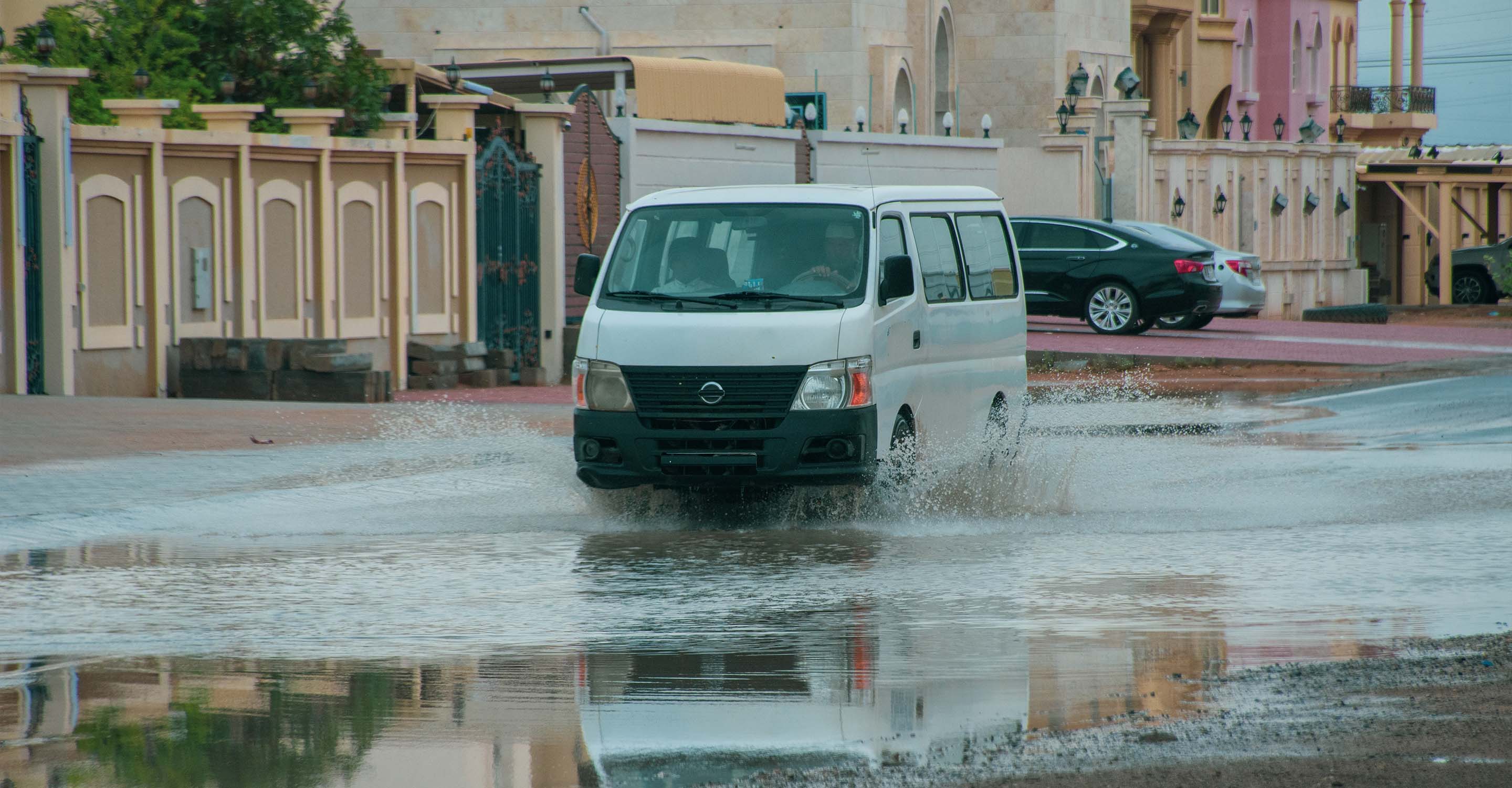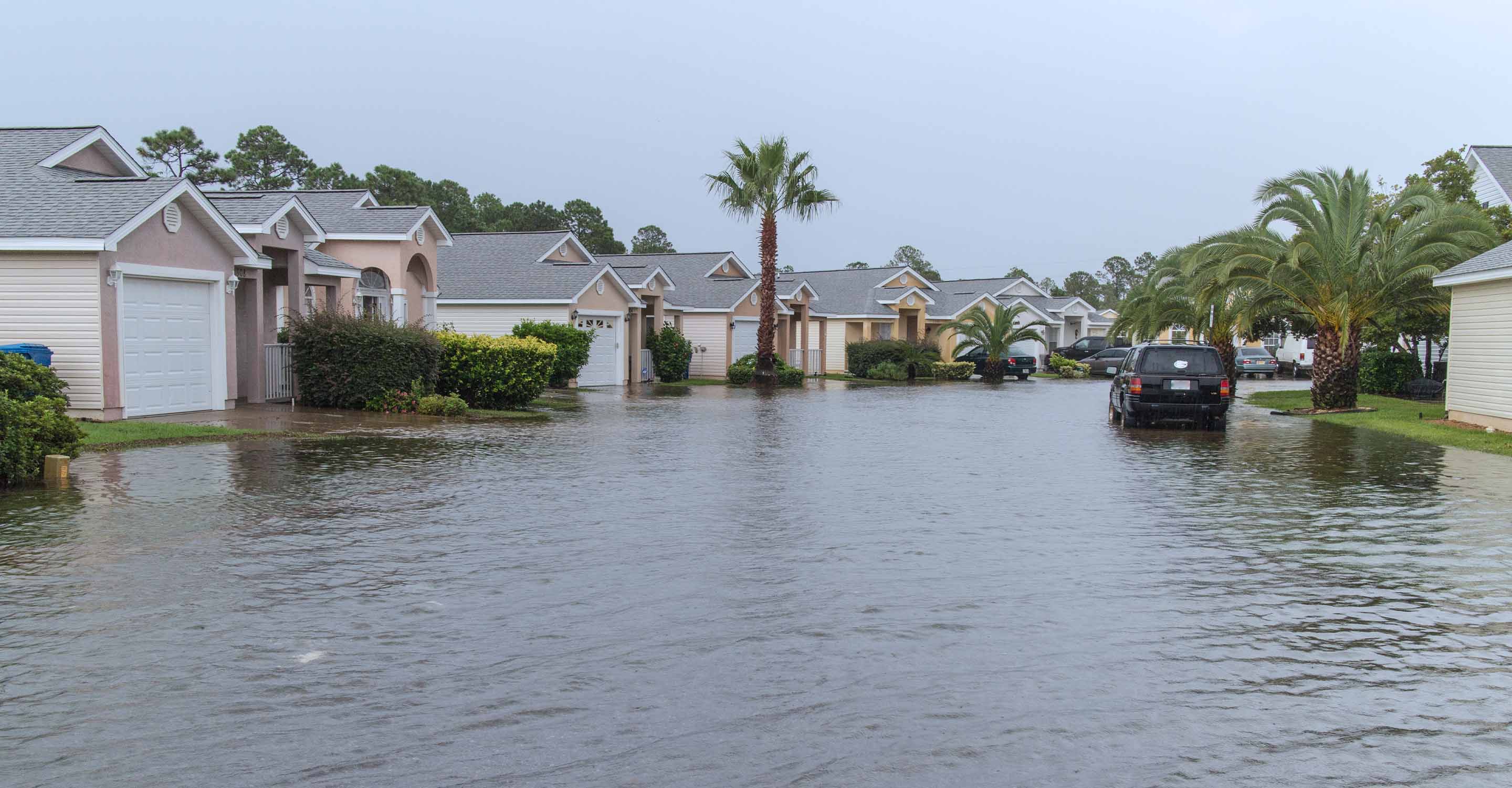Ho Chi Minh City air quality map
Live air pollution map of Ho Chi Minh City
2.2M people follow this city
Full screen
Contributors
14
Stations
15
Contributors category
0
Government
0
Non-profit organization
8
Educational
1
Corporate
5
Individual
0
Anonymous
Most polluted air quality stations
| # | station | US AQI |
|---|---|---|
| 1 | LFI DURAS - Gymnase | 37 |
| 2 | Fulbright Vietnam University | 29 |
| 3 | ISSP | 29 |
| 4 | Song Hanh | 29 |
| 5 | Diamond Island - Dao Kim Cuong Q2 | 25 |
| 6 | HCMC Mystery | 25 |
| 7 | IGS-HCMC | 25 |
| 8 | Kitty and Mice Channel | 25 |
| 9 | Saigon South International School | 25 |
| 10 | Tang Nhon Phu, Thu Duc | 25 |
Health Recommendations
| Enjoy outdoor activities | |
| Open your windows to bring clean, fresh air indoors GET A MONITOR |
community highlight
Ho Chi Minh City most followed contributors
Become a contributor
Get an AirVisual Outdoor and contribute to collecting millions of data points for the Ho Chi Minh City map to track local air pollution
Understand air pollution and protect yourself
Ho Chi Minh City MAP AIR QUALITY ANALYSIS AND STATISTICS
What information can be found on the air quality map for Ho Chi Minh City and does it show the current level of air pollution?
To a certain extent, yes, it does show the current level of air pollution. Once the map is opened, the user will see several coloured circles overlaid on the air quality map. They vary in colour from pale green through to dark maroon. The lighter the colour, the cleaner the air. The overall shading of the background of the map is also coloured to help show the general state of air quality. Each circle represents an air monitor with the current level indicated by a number inside the circle. If a circle is selected, a drop-down box will appear with the US AQI number and the level of PM2.5. Other information divulged is humidity, wind speed, air pressure and air temperature. All of these factors can affect air quality to a greater or lesser extent.
This United States Air Quality Index number is an internationally used set of metrics endorsed by the World Health Organisation (WHO) and can be used to compare the air quality in different cities throughout the world. It is calculated by using the levels of six of the most commonly found pollutants such as nitrogen dioxide, sulphur dioxide, ozone, carbon monoxide and both sizes of particulate matter, which are PM2.5 and PM10. If all six figures are not available a level is calculated by using what data there is.
What information can be garnered from the air quality map for Ho Chi Minh City?
When the interactive air quality map for Ho Chi Minh City is selected the user will see many coloured discs superimposed upon each other. Once the map is viewed in Full-screen mode, these discs begin to separate and reveal many more from other parts of the city. Curious city-dwellers will be able to identify the known areas of pollution due to either excessive traffic or industrial activity.
This information can prove to be very useful if a trip to a different part of the city is planned. On a longer-term basis, the location of local schools can be seen so a decision can be made as to whether or not to choose that school for your child. Even your choice of location of your house/apartment could be affected by what can be seen on the air pollution map.
A darker coloured disc can sometimes appear over the main junctions in the city centre. This is due to the high volume of traffic, especially during the morning and evening rush hours.
Can the user see where the worst air quality is by studying the air pollution map for Ho Chi Minh City?
The air pollution map for Ho Chi Minh City does not directly identify the source of the air pollution but it does indicate the various levels of pollution found throughout the city. The viewer can see which areas are polluted but this map does not indicate where the pollution comes from. As previously stated, by selecting an individual disc, a drop-down box will appear with more comprehensive information. It can be very interesting to see how varied air quality is within the same area.
The main source of air pollution in the city is the transportation system. This is due to the millions of cars and motorbikes that swarm through the city's streets on a daily basis. Many of these are old and therefore do not comply with the latest emission standards and are not fitted with the latest technology. There is a public transportation system, but this too operates fairly old vehicles which are chiefly powered by diesel which produces some particularly nasty fumes. However, there are some newer vehicles that are starting to appear which are either electric or hybrid versions.
By looking at the air quality map for Ho Chi Minh City can the user see how polluted the city is?
The opening page shows that the air quality map for Ho Chi Minh City is very comprehensive. It shows the various stations throughout the city and uses the same colour-coding system to indicate the level of pollution in that vicinity.
This information is constantly being updated so it can be very useful in deciding which areas of the city to avoid today. This is particularly important if you or a family member is susceptible to poor air quality. Many pre-existing respiratory diseases are exacerbated by higher levels of air pollution.
There is a lot of additional information contained within the page which can easily be accessed by selecting a station which will then open up an entire new page, filled with information for that particular local area.
By checking these stations on a regular basis, any trends will soon become apparent and it will show which areas are more polluted than others.
There has been an increase in the amount of data collected by monitors across the city as inhabitants are becoming increasingly aware of the hazards associated with poor air quality. The Vietnamese government has announced that it intends to create another nine air quality monitoring stations, with another eleven promised before 2030.
PM2.5 is constantly being referred to on the air pollution map for Ho Chi Minh City, but what is PM2.5?
Dust is solid particle matter in the outside air that does not sink to the ground immediately, but is suspended in the atmosphere for a period of time. They are divided into different classes according to their size. As fine dust (PM10) refers to particles with an aerodynamic diameter of less than 10 micrometres (µm). Some of these particles have an aerodynamic diameter of less than 2.5 µm (PM2.5). This also includes the fraction of ultra-fine particles.
The largest part of the anthropogenic particulate matter emissions comes from combustion processes, traffic, building heating) and production processes including bulk goods handling. To a lesser extent, diffuse emissions from trade and commerce, agriculture, fireworks, cigarettes and barbecues are responsible for the dust emissions. Particulate matter is not only emitted directly (primary particles) but also forms from precursors (including sulphur dioxide, nitrogen oxide and ammonia) in the atmosphere (secondary particles).
The size of the dust particles and their chemical composition determines the physical and chemical properties of the dust. Properties such as are relevant for the health effect grain size, geometric shape and pollutants adhering to the surface. Very fine dust particles can penetrate far into the lungs and unfold their harmful effects there.
Ho Chi Minh City air quality data attribution
14Contributors
- Fulbright University Vietnam
1 station
- IGS HCMC
1 station
- ISSP
1 station
 ISHCMC Primary Campus
ISHCMC Primary Campus1 station
- LFIDURAS
1 station
 Saigon South International School
Saigon South International School1 station
 Saigon Star International School
Saigon Star International School1 station
 THE ABC International School
THE ABC International School2 stations
8 Educational Contributors
 Panoval Asia
Panoval Asia1 station
Corporate Contributor
- Hung C
1 station
- Air Quality
1 station
 Kitty and Mice Channel
Kitty and Mice Channel1 station
 JL
JL1 station
 Lara
Lara1 station
5 Individual Contributors
1 Data source
Where is the cleanest air quality in Ho Chi Minh City?
- LFI DURAS - Gymnase 37
- Fulbright Vietnam University 29
- ISSP 29
- Song Hanh 29
- Diamond Island - Dao Kim Cuong Q2 25
- HCMC Mystery 25
- IGS-HCMC 25
- Kitty and Mice Channel 25
- Saigon South International School 25
- Tang Nhon Phu, Thu Duc 25
- The ABC International School Trung Son Campus 25
- Ishcmc-Secondary Campus 21
- Saigon Star International School 21
- Duong so 1 17
- The ABC International Nha Be Campus 17










